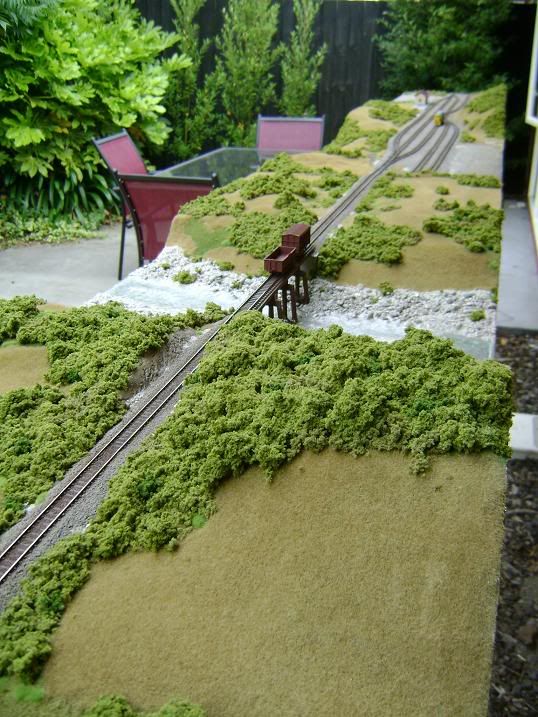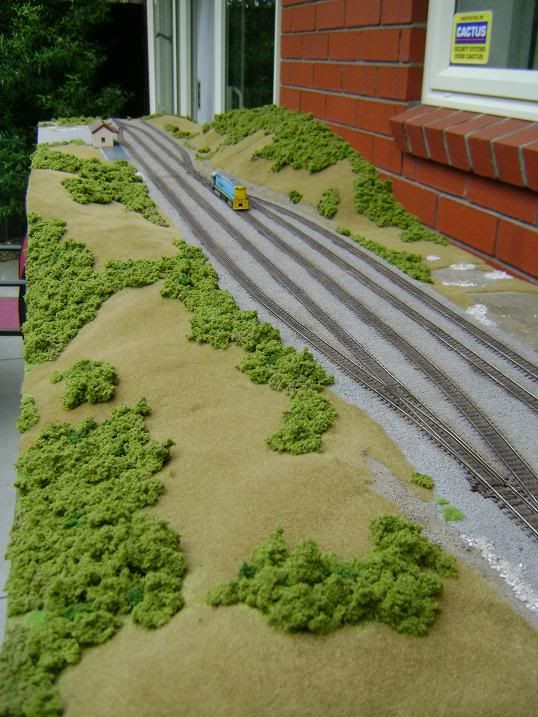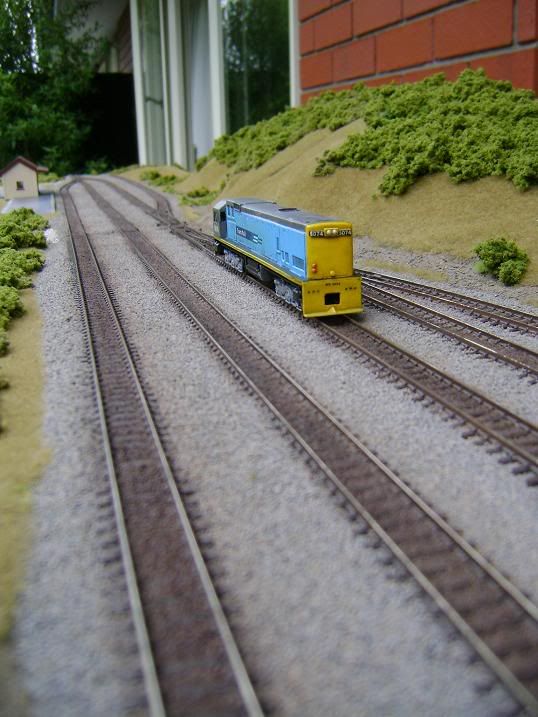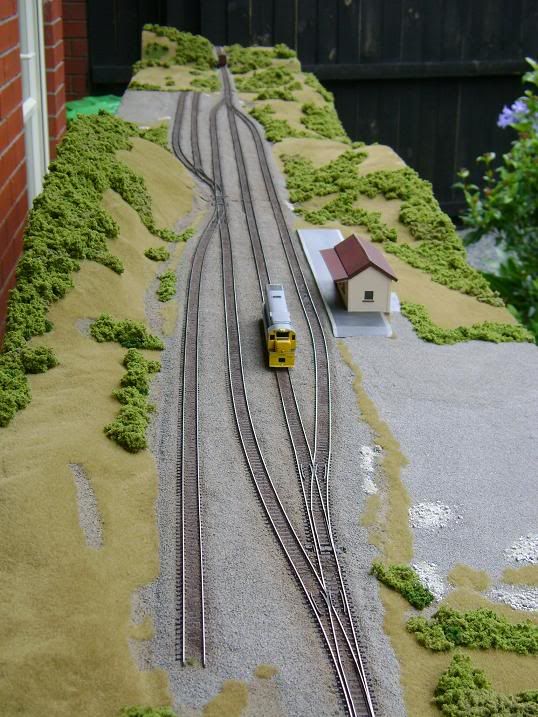Welcome! I'm inaugurating this new blog to discuss the building of my NZ120 Free-mo modules, and NZ120 modular layouts generally. Hence, this blog concerns the meeting of two railway modeling standards: Free-mo, and NZ120, both of which need a little explanation.
"Free-mo" is a recent American bastardisation of "FREMO", a European modular railway standard that places the emphasis on community, prototypical operation, and and a sort of anarchic freedom from the strictures of traditional model railway clubs.
Free-mo involves a standardised module template that allows modelers to meet up and connect their modules for running sessions. The standard specifies things like the railhead height from the ground, the endplate profile, and the method of electrical connection between modules. Beyond these very basics, individuals are given the freedom to build what they want, and so modules may be of any length, shape, or complexity so long as they meet the standard.
NZ120 is a scale standard for the modeling on New Zealand prototypical railways. The models are at a scale of 1/120, and they are designed to run on N gauge track, a combination which gives a reasonable approximation of New Zealand's narrow gauge railways. NZ120 has a relatively short history, and is also supported by a very small community of modelers and manufacturers. Many NZ120 models are scratch-built using proprietary chassis. The appeal of the scale is that it allows the modeler to represent trains running though New Zealand's distinctive landscape in a relatively small space.
The meeting of these two standards is filled with a great deal of potential modeling fun!
In this blog I am going to provide information about NZ120 Free-mo modules, chiefly through the discussion of the building of my own modules. Hopefully, the information that I provide here will be both useful and encouraging for other NZ120 modelers to take the plunge and build a module or two.
Cheers,
Earwicker.













